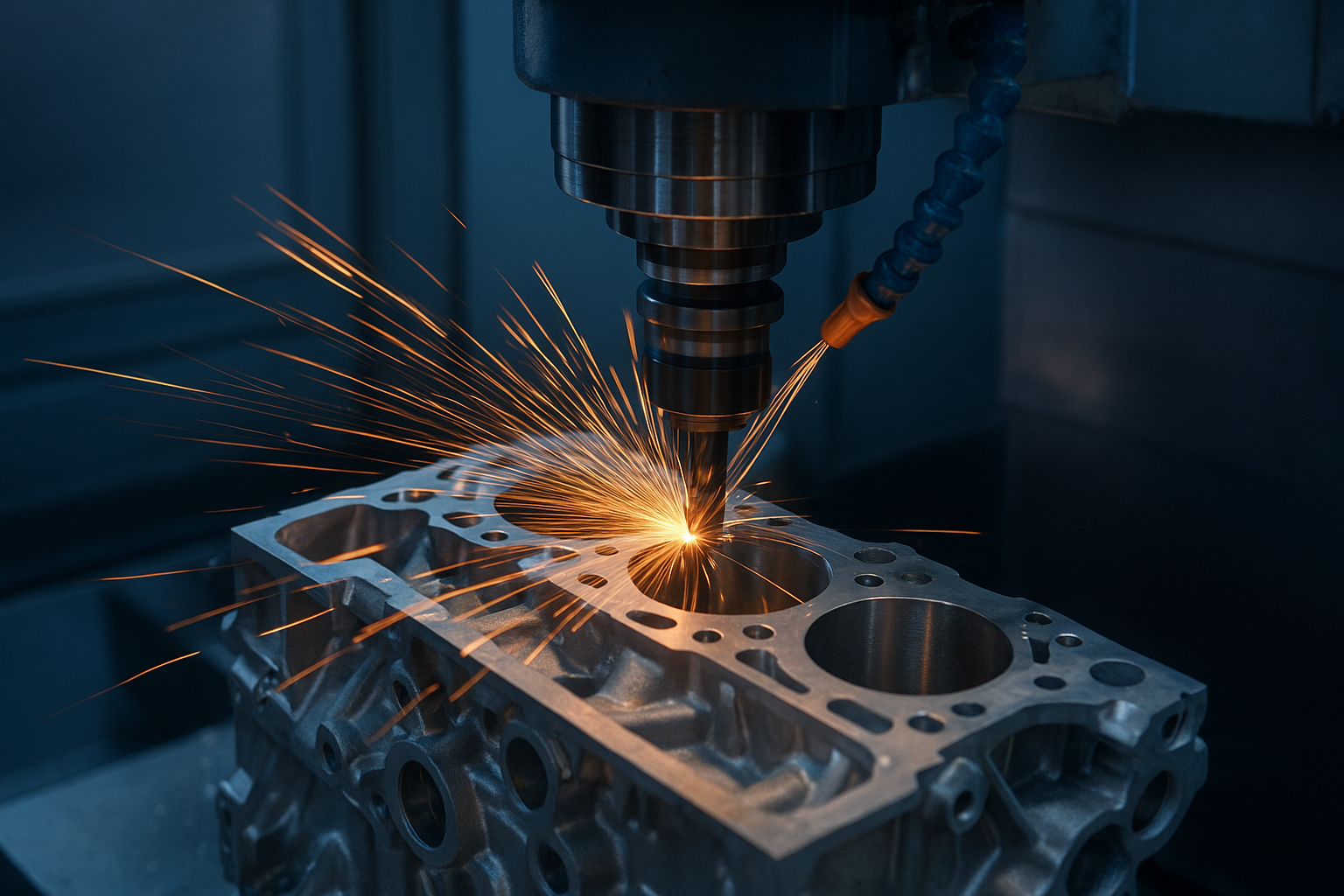When it comes to maintaining the overall health of your vehicle, regular maintenance is key.
What Is an Oil Change Service?
An oil change service involves draining the old oil from your car’s engine and replacing it with fresh, new oil. The oil is a crucial component in keeping the engine lubricated, preventing friction between moving parts, and dissipating heat. Over time, engine oil degrades and becomes less effective, which is why regular oil changes are necessary to ensure optimal engine performance. Oil change services typically also include replacing the oil filter, which helps remove contaminants and ensures that the new oil stays clean.
How Oil Change Services Affect Engine Performance
The primary purpose of engine oil is to reduce friction between moving parts within the engine. As engine oil becomes old, it loses its ability to lubricate effectively. Without proper lubrication, parts like pistons, cylinders, and bearings can rub against each other, causing excessive wear and tear. This leads to decreased engine performance and can even result in costly repairs or the need for engine replacement.
Regular oil changes ensure that your engine receives the necessary lubrication, preventing friction and reducing the risk of engine damage. A well-lubricated engine performs better and operates more smoothly, providing you with a more responsive driving experience. You’ll notice improvements in acceleration, smoother gear transitions, and a reduction in engine noise when the oil is kept fresh through regular oil change services.
The Role of Oil Change Services in Fuel Efficiency
Another critical aspect of oil change services is their impact on your vehicle’s fuel efficiency. Clean, fresh oil reduces friction in the engine, allowing it to run more efficiently. When the engine parts move smoothly with less resistance, the engine doesn’t have to work as hard to generate power, and this translates to better fuel efficiency. On the other hand, old, degraded oil can increase friction, forcing the engine to work harder and use more fuel.
Studies have shown that regular oil changes can improve fuel efficiency by up to 2%. While this may not sound like much, over time, this improvement can add up, especially if you do a lot of driving. It’s not just about saving money on gas; improving fuel efficiency also reduces your vehicle’s carbon footprint, making oil change services an important aspect of eco-friendly driving.
What Happens If You Skip Oil Change Services?
If you neglect oil change services and continue to drive with old oil, the consequences can be severe. One of the most immediate effects of skipping oil changes is increased engine wear. As the oil becomes dirty and loses its viscosity, it becomes less effective at lubricating the engine components, leading to friction and overheating. This causes parts to degrade more quickly and may result in engine knocking, which is the sound of metal components scraping against each other. This can ultimately lead to complete engine failure if not addressed promptly.
Aside from increased wear and tear, skipping oil changes can also reduce your vehicle’s fuel efficiency. The engine will have to work harder to compensate for the lack of proper lubrication, causing an increase in fuel consumption. This results in higher operating costs for your vehicle, as you’ll need to visit the gas station more frequently.
Moreover, driving with dirty oil can cause oil sludge to form, which can clog the oil filter and cause blockages in the oil passages. This further reduces the oil’s ability to flow freely through the engine, which can cause parts to overheat and fail. The repair costs for this type of damage can be astronomical, making regular oil changes much more affordable in the long run.
How Often Should You Get an Oil Change?
The frequency at which you should get an oil change depends on various factors, including the make and model of your vehicle, the type of oil used, and how much you drive. Traditionally, it was recommended to change your oil every 3,000 miles or every three months. However, modern vehicles and synthetic oils have extended the intervals between oil changes.
For many vehicles, oil change intervals can now range from 5,000 to 10,000 miles. Some high-performance vehicles may require more frequent oil changes, while others may be able to go longer between services. It’s always best to consult your vehicle’s owner’s manual for the manufacturer’s recommendations.
In addition to mileage, driving conditions also play a role in determining oil change frequency.
What Are the Different Types of Oil Change Services?
There are several different types of oil change services, each offering varying levels of service and quality. The most common options include:
- Conventional Oil Change – This is the traditional oil change using standard mineral-based oils. While conventional oil is the most affordable option, it needs to be changed more frequently and may not provide the same level of protection as synthetic oil.
- Synthetic Oil Change – Synthetic oil is specially designed to offer better performance, with improved lubrication and higher resistance to heat and breakdown. While it’s more expensive than conventional oil, synthetic oil can last longer, making it a cost-effective option over time.
- Full-Synthetic Blend Oil Change – This option combines synthetic and conventional oils, offering a balance between performance and cost. It provides enhanced protection compared to conventional oils, while still being more affordable than full synthetic oil.
Conclusion
Furthermore, regular oil changes can help you avoid costly repairs and prevent unnecessary wear and tear on your vehicle.
















Leave a Reply